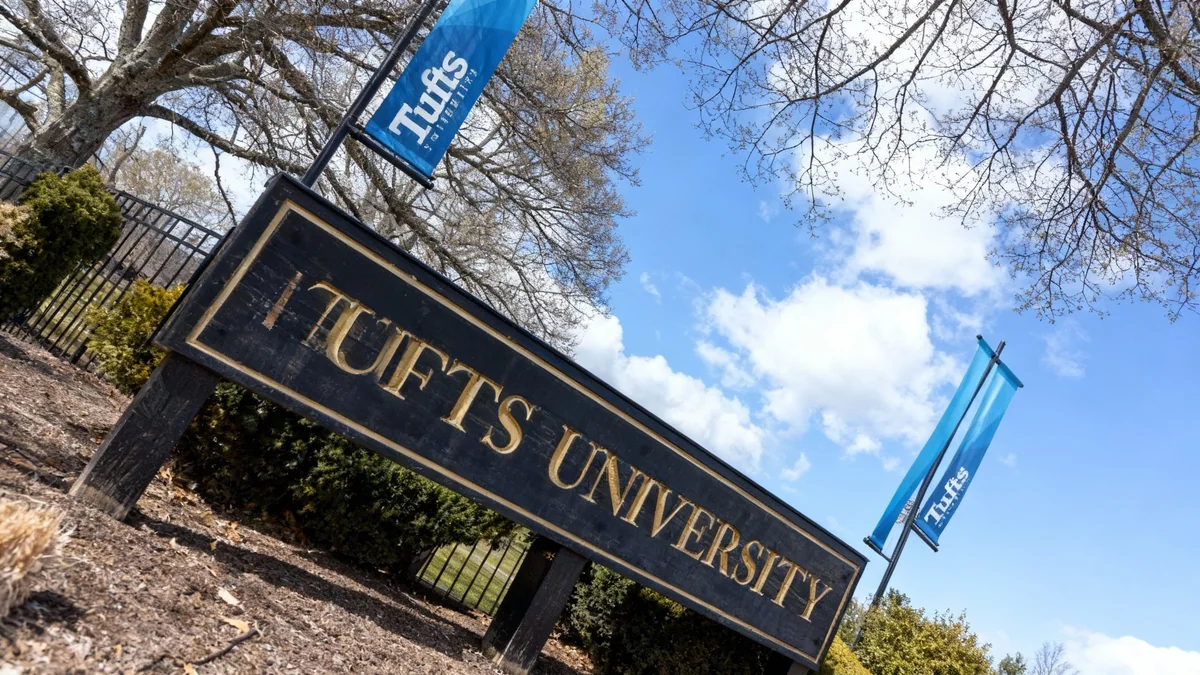California has officially launched a new $500 million statewide initiative aimed at expanding career and technical education (CTE) programs in public high schools. The program, named the "Golden State Pathways Program," will provide grants to school districts to develop and enhance courses in high-demand sectors like technology, healthcare, and advanced manufacturing.
The funding, approved as part of the state's annual budget, is designed to create stronger links between high school education and workforce needs. State officials announced that the first round of grant applications for school districts will open next month, with the goal of implementing new programs by the fall 2025 school year.
Key Takeaways
- California is investing $500 million in the Golden State Pathways Program to expand high school career and technical education.
- The initiative targets high-demand industries, including technology, healthcare, green energy, and advanced manufacturing.
- School districts can apply for grants to build new facilities, purchase equipment, and hire specialized instructors.
- The program aims to provide students with industry-recognized certifications and dual-enrollment college credits before graduation.
A New Focus on Workforce Readiness
The Golden State Pathways Program represents a significant policy shift towards integrating career readiness directly into the K-12 system. Governor Gavin Newsom's office stated the initiative is intended to provide students with practical, hands-on learning experiences that lead to well-paying jobs.
According to the Department of Education, the program will prioritize funding for districts in underserved communities. This approach is meant to address educational and economic disparities by giving all students access to modern vocational training. The state estimates that over 200,000 students could benefit from the new programs over the next five years.
Targeted Industry Sectors
The initiative specifically identifies several key economic sectors for development. These include:
- Information Technology: Cybersecurity, coding, and data analytics.
- Healthcare: Medical assisting, pharmacy technology, and health sciences.
- Advanced Manufacturing: Robotics, mechatronics, and industrial automation.
- Green Technology: Renewable energy systems, sustainable construction, and environmental science.
Each funded program must establish partnerships with local businesses and community colleges. This requirement ensures that the curriculum aligns with current industry standards and provides a clear pathway to either employment or further education after graduation.
By the Numbers
The California Department of Finance projects that jobs in the targeted CTE sectors will grow by an average of 15% over the next decade, significantly outpacing the overall job market growth of 6%.
How the Grant Program Works
School districts will be required to submit detailed proposals outlining how they plan to use the grant money. The California Department of Education will oversee the selection process, which will be based on a competitive scoring system.
Funding can be used for a variety of purposes, including constructing new labs, purchasing state-of-the-art equipment, and providing professional development for teachers. A portion of the funds is also earmarked for hiring industry professionals as instructors, bringing real-world experience into the classroom.
"This isn't just about offering a few new classes," said State Superintendent of Public Instruction Tony Thurmond. "It's about fundamentally rethinking the high school experience to ensure every student graduates with a clear plan and the skills to succeed in the 21st-century economy."
The program will be implemented in phases. The first phase will distribute approximately $150 million in grants for the 2025-2026 academic year. Subsequent funding rounds will be released over the following three years.
Bridging the Skills Gap
The initiative comes at a time when many California employers report difficulty finding qualified workers for skilled technical positions. A recent survey by the California Chamber of Commerce found that 68% of businesses cited a lack of skilled applicants as a major barrier to growth.
By investing in CTE, the state aims to create a more robust talent pipeline. Students who complete these pathways will not only gain technical skills but also have the opportunity to earn industry-recognized certifications and college credits, giving them a significant advantage in the job market.
Background on CTE Funding
Career and technical education, once known as vocational education, has seen a resurgence in recent years. Federal funding through the Perkins V Act provides a baseline, but state-level investments like the Golden State Pathways Program are crucial for large-scale modernization and expansion of these programs to meet local economic demands.
Education advocates have praised the program's focus on equity. By directing resources to low-income areas, the state hopes to create new opportunities for students who might not otherwise consider pathways to higher education or skilled careers. The goal is to make career success a tangible reality for every student, regardless of their zip code.
Impact on Students and Communities
For students, the benefits are clear. Access to high-quality CTE programs is linked to higher graduation rates, increased earning potential, and a smoother transition into post-secondary education or the workforce. The hands-on nature of CTE also helps engage students who may not thrive in a traditional academic setting.
Local communities are also expected to benefit. A more skilled local workforce can attract new businesses and encourage existing ones to expand, leading to broader economic development. The partnerships between schools and local employers are designed to strengthen these community ties and ensure long-term economic vitality.
The success of the Golden State Pathways Program will be closely monitored. The Department of Education is tasked with tracking key metrics, including student participation rates, certification attainment, and post-graduation employment outcomes. These results will be used to refine the program in future funding cycles and ensure its long-term effectiveness.





